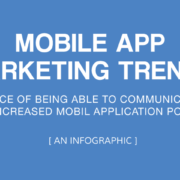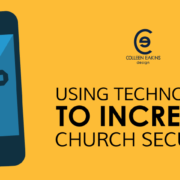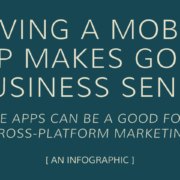Safety and security is a subject that is on everyone’s mind these days and for a good reason. All you need to do is watch or visit the local or worldwide news outlets to see that there is unrest, uncertainty, and mayhem taking place throughout the world around you.
In recent history, places of worship have been at the center of a number of random, senseless, and deadly attacks.
As a religious leader, it’s your duty to do everything within your power to keep your organization safe and prepare for a myriad of potentially dangerous scenarios such as inclement weather, intruders, theft, vandalism, hostage situations, power outages, etc.
While some may argue that too much technology is bad, when it comes to security, technology is your biggest ally. With so many security products and services available, you can make your church safer for the entire congregation, staff members, visitors, and volunteers. Another significant advantage of using technology is that it’s cost-effective. Any investments you make in upgrading the security of your buildings is worthwhile.
Here are a few security implementations worth considering:
Security Cameras – Security cameras – particularly ones that are monitored by a professional security company help identify threats and speed up response times from emergency personnel. In the case of theft, fire, or other misdoings, security footage is helpful in determining what happened and identifying any subjects associated with the event. Mounting surveillance cameras both indoors and outdoors allows you to get a full view of the activities taking place in and around your buildings. Private and Semi-Private spaces including offices, nurseries, classrooms, and access points are all highly vulnerable, so it’s a smart idea to use video surveillance in these areas of your facility. Another effective way to deter crime or unauthorized access to your place of worship is to prominently display stickers and signs that alert people that their activities are being recorded. Sometimes just the threat of being recorded is enough to discourage someone from doing something harmful.
Mobile App – If you’re weighing the advantages and disadvantages of a mobile app for your church, the advantages heavily outweigh the disadvantages. Not only can a mobile app for your church help keep you connected with your congregation, but it can also serve as a central communication center in the event of a crisis. Features such as push notifications allow you to notify people instantly with updated information and instructions, should an event transpire at your location. For churches who have implemented an emergency action plan (see below) you have the ability to share this information seamlessly with everyone who has downloaded the app to their smartphone or mobile device.
Panic Buttons – Since many places of worship maintain an “Open Door” policy during regular business hours to provide a place for spiritual refuge and guidance; you want to do everything you can to protect the people who are working there since they are accessible to all visitors. To reduce their possible exposure to danger, adding a panic button or alarm system offers an extra layer of security for any situation that might arise. Silent alarms are stealthy, so alerting the authorities doesn’t alert the perpetrator that emergency personnel is on the way, which could potentially save lives and bodily harm.
Emergency Action Plan – In the case of an emergency, having an action plan is critical to keeping people safe. Having an emergency action or response plan establishes organizational procedures for everyone to follow if there is a major crisis. Part of this action plan is to assign roles and responsibilities to execute the emergency plans in a calm and composed manner. Every type of urgency should be taken into account and procedures should be set accordingly. When putting an emergency action plan into place, you should refer to your property blueprints to create evacuation routes, designated shelter areas, and other protocols if there is an incident of any sort.
Build A Volunteer Safety and Security Team – chances are good that your church has plenty of members who would be willing to volunteer to help with enforcing safety and security. Consider purchasing matching t-shirts, vests, or jackets that identify your safety and security crew quickly. By doing so, your parishioners and visitors can readily determine who can help them if they need. If you are already having problems with crime in the area where your church is, a visible security and safety presence is a powerful way to discourage culprits from targeting your church. Areas where having a security presence is in the parking lot, entrance doors, as well as nurseries, daycare facilities, and classrooms.
Setting The Plans Into Motion
If you’re ready to put your security and safety plans into action, the first step is discussing your objectives with board members and coming to an agreement on details such as the budget and potential vendors for various aspects of your security plan. Once you’ve established a basis for the security blueprint, you can move on to taking bids from merchants who provide the products and services you’ve decided are critical to your organization.
Once the ball is rolling, you can tell your parishioners about the initiatives you’re taking to boost security and safety. Undoubtedly, your members will welcome your efforts to keep your place of worship a safe place.
An Ounce Of Prevention Is Worth A Pound Of Cure
You can’t go wrong by increased security precautions in and around your place of worship. By implementing a multi pronged approach to securing your facility in the event of any incident, you’re taking the right steps to protect your congregation, as well as the building itself. As the old saying teaches us, “An ounce of prevention is worth a pound of cure.” The sooner you take steps to safeguard your church, the better.
If you would like to learn more about deploying a mobile app to boost security and communications for your congregation, we want to hear from you! Contact us today! We’re happy to help you with all aspects of your mobile app needs.
I’m a Digital Marketer & Freelance Writer with a penchant for all things forward-thinking and positive. I’m a fan of abundance and progress.







